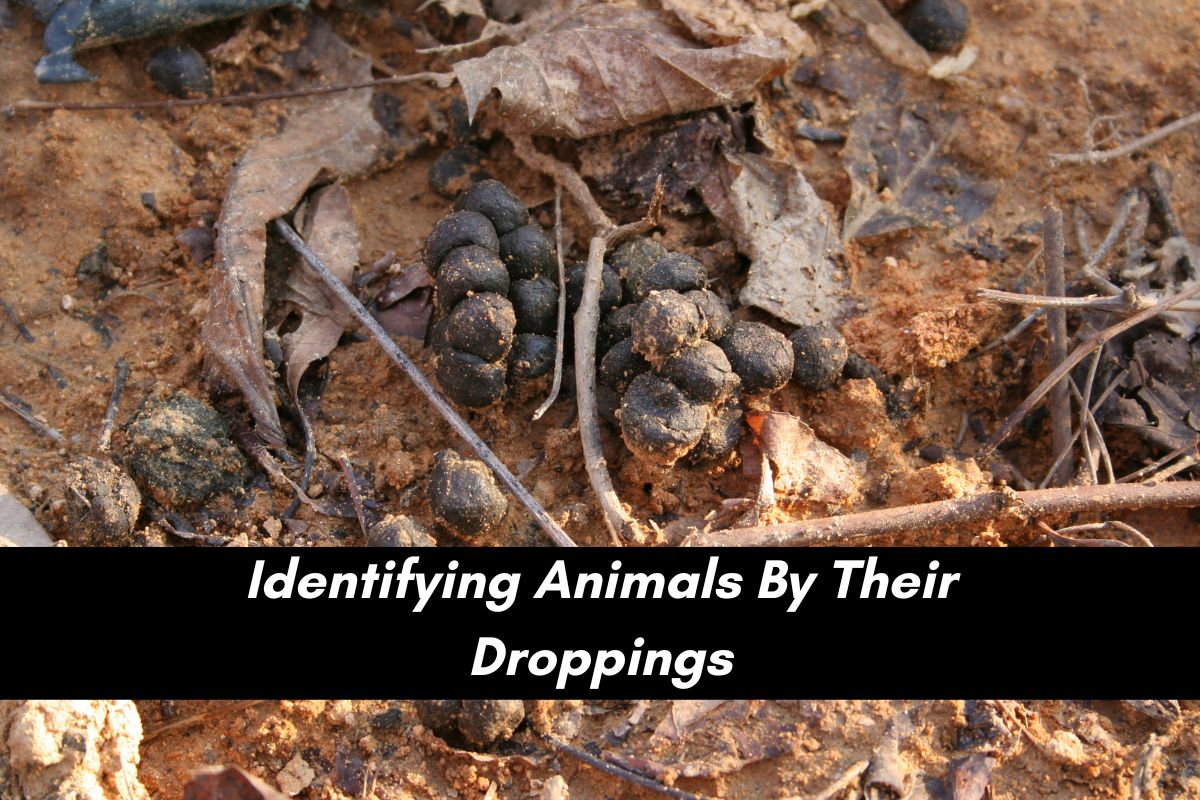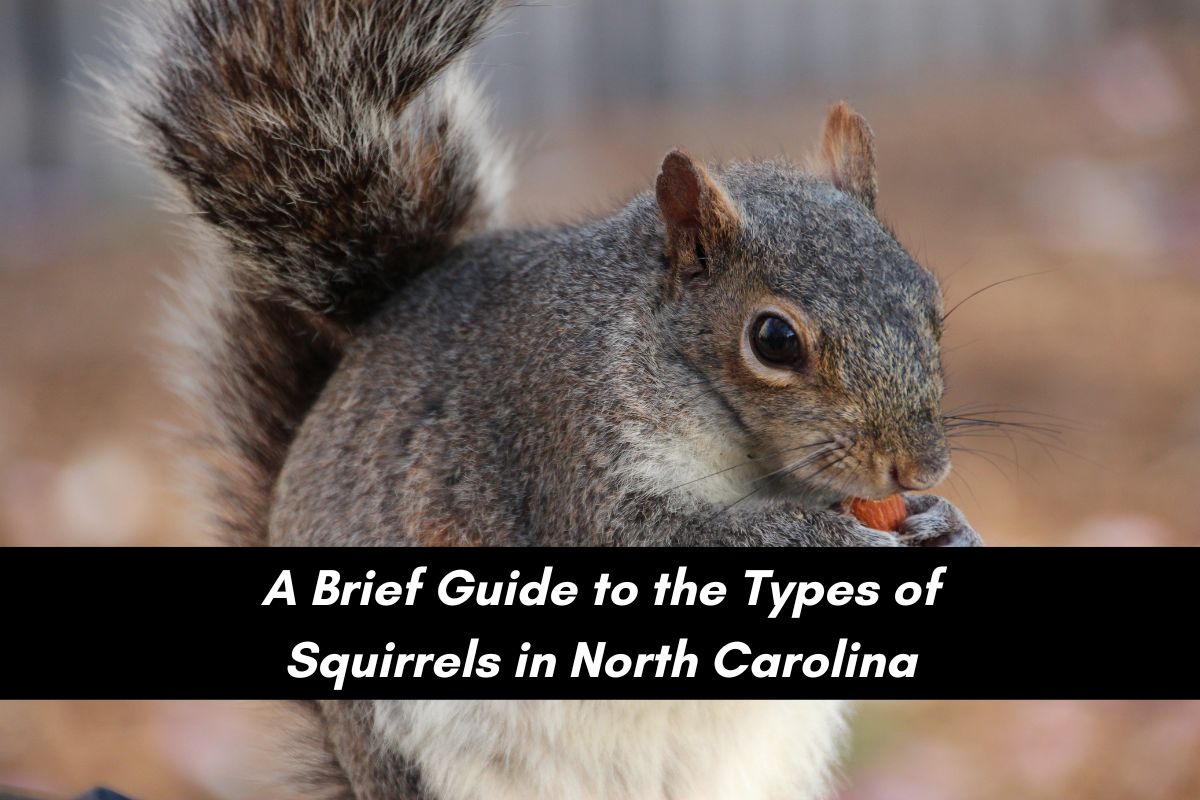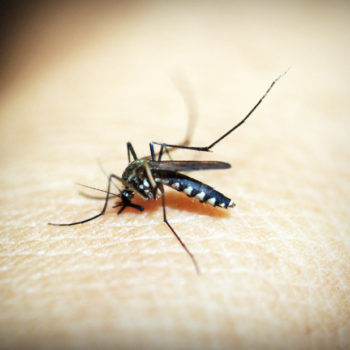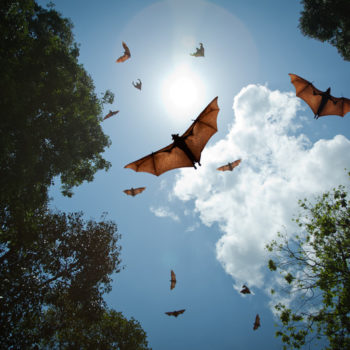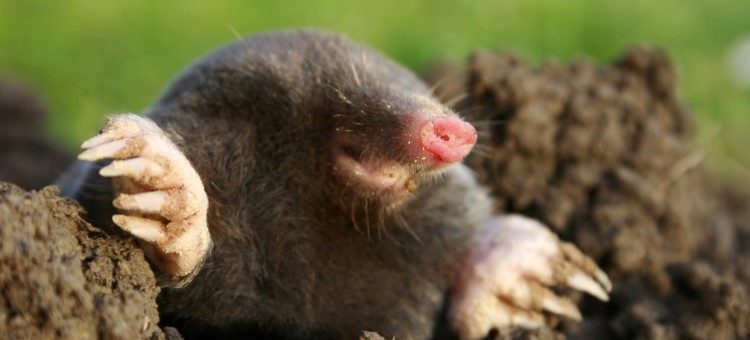
What’s The Difference Between Moles and Voles?
- Posted by AdminBW
- On March 10, 2020
- 0 Comments
Moles and voles are similar in many ways — they are small rodents, they dig around in your lawn, and their names even rhyme. Confusing them is understandable.
If you live in the Triangle area of North Carolina, there are likely a multitude of both of these creatures in your neighborhood just below the surface. So to determine if you have moles, voles, or something else altogether, let’s look at some of the differences.
Voles
Voles are small rodents, only about five inches long, that are also called field mice or meadow mice. They are relatives to hamsters and gerbils, so they can be similar in appearance. If you don’t actually spot a vole though, which you likely won’t because they are sly, you may not be able to identify them using these characteristics.
So, another way to identify them is by their tunneling habits. Voles dig along the surface in relatively shallow tunnels. They do this in order to reach the root systems of plants, a main element of their diet. Of course, this is not good for the plants in your yard. If you see shallow digging around plants, and especially if the plants look weak or dying, voles are the likely culprit.
You will also be able to pick out voles by their large colonies. Voles have many litters a year, up to 10, and young voles become able to reproduce within only a month. They only live about six months, but in this time, each of the little vermin can do a lot of damage and leave dozens of offspring.
Moles
In terms of size, moles are very similar, also about five inches. But beyond that, they do not look much alike. Moles have small eyes, sometimes with skin over them, and are thought to be nearly blind. They also have flipper-like limbs that they use to dig.
The mole’s tunnels are much deeper than those of voles. Moles dig to get access to insects and earthworms. They use their tunnels as a sort of trap. If something falls in, they hurry over and capture it. Their tunnels should not be as much of a problem for a property owner, but sometimes they will push dirt up to the surface, creating a molehill.
Another reason moles aren’t as problematic as voles, is that moles are notorious loners. Where there is one mole, there isn’t necessarily an extended family.
Getting moles and voles removed
While removing some rodents can be done by the laymen, removing moles and voles is tricky. For one, it is not always legal to remove or exterminate moles in North Carolina since there are some protections in place. Voles, as a species of mouse, have fewer restrictions, but can be difficult to manage if they find a food source and multiply quickly.
Call Critter Control of the Triangle if you believe there are moles or voles on your property — especially if they are harming your lawn or killing plants. Those living in Durham, Wake, Orange or Chatham counties can reach us at (919) 382-0651 today.




